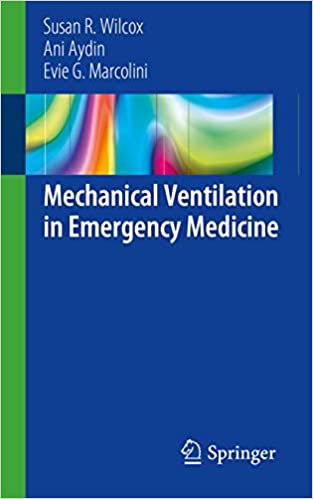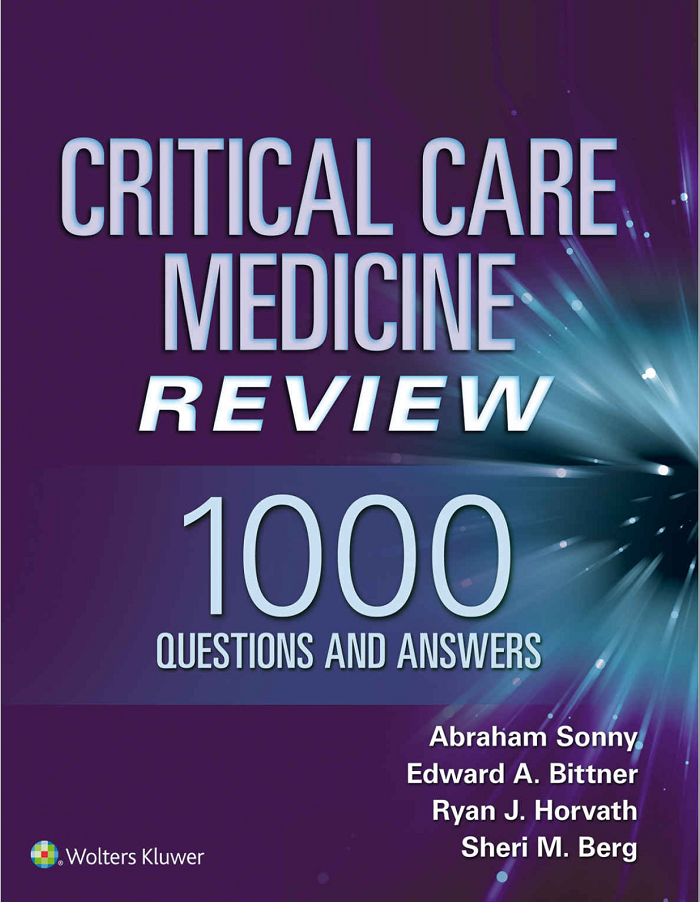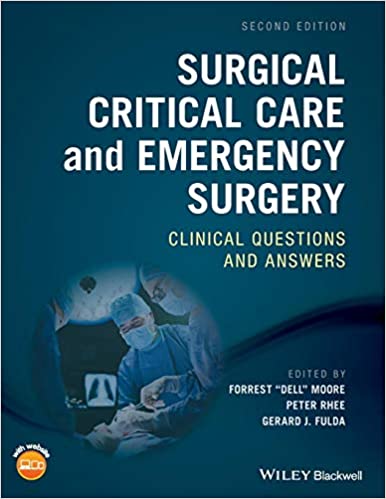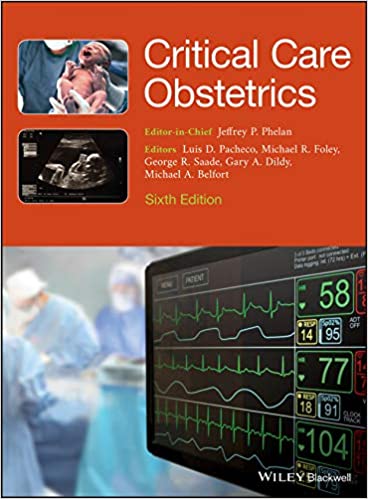Mechanical Ventilation in Emergency Medicine 1st Edition PDF
This book discusses mechanical ventilation in emergency settings, covering the management of patients from the time of intubation until transfer to the ICU. It provides an introduction to key concepts of physiology pertinent to mechanical ventilation as well as a review of the core evidence-based principles of ventilation.
The text highlights the management of mechanical ventilation for critically ill patients with several conditions commonly encountered in EM practice, including acute respiratory distress syndrome, asthma, chronic obstructive pulmonary disease, and traumatic brain injury. It begins by reviewing terminology and definitions as well as pathophysiology and physiology.
It then addresses the use of ventilators including modes of ventilation, pressures on the ventilators, understanding the screens, the variety of settings, and troubleshooting. It concludes with a series of case studies from emergency settings and a review of key concepts.
Mechanical Ventilation in Emergency Medicine is an essential resource for emergency medicine clinicians including experienced physicians, EM residents, physician assistants, nurse practitioners, nurses, and medical students rotating in the ED as well as professionals who provide emergency care for ventilated patients outside the emergency department, including paramedics, critical care transport nurses, and hospitalists.
Mechanical Ventilation in Emergency Medicine 1st Edition Kindle Edition
Editorial Reviews
From the Back Cover
This book discusses mechanical ventilation in emergency settings, covering the management of patients from the time of intubation until transfer to the ICU. It provides an introduction to key concepts of physiology pertinent to mechanical ventilation as well as a review of the core evidence-based principles of ventilation. The text highlights the management of mechanical ventilation for critically ill patients with several conditions commonly encountered in EM practice, including acute respiratory distress syndrome, asthma, chronic obstructive pulmonary disease, and traumatic brain injury. It begins by reviewing terminology and definitions as well as pathophysiology and physiology. It then addresses the use of ventilators including modes of ventilation, pressures on the ventilators, understanding the screens, the variety of settings, and troubleshooting. It concludes with a series of case studies from emergency settings and a review of key concepts. Mechanical Ventilation in Emergency Medicine is an essential resource for emergency medicine clinicians including experienced physicians, EM residents, physician assistants, nurse practitioners, nurses, and medical students rotating in the ED as well as professionals who provide emergency care for ventilated patients outside the emergency department, including paramedics, critical care transport nurses, and hospitalists.
About the Author
Susan R. Wilcox, MD, FACEP, FCCM
Chief, Division of Critical Care
Department of Emergency Medicine
Heart Center ICU
Massachusetts General Hospital
Assistant Professor, Harvard Medical School
Ani Aydin, MD
Assistant Professor
Department of Emergency Medicine
Yale University School of Medicine
SkyHealth and Adult Ground Critical Care Transport
Yale-New Haven Health
Evie G. Marcolini, MD
Assistant Professor
Departments of Emergency Medicine and Neurology
Division of Neurocritical Care and Emergency Neurology
Yale-New Haven Hospital
Yale University School of Medicine
Book Details
| Format | |
| Pages | 132 pages |
| Size | 4.95 MB |
| Publisher | Springer |
| Date | October 2, 2018 |
| Language | English |
You May Also Like;

Critical Care Medicine Review: 1000 Questions and Answers First Edition 
Surgical Critical Care and Emergency Surgery 2nd Edition 
Critical Care Obstetrics 6th Edition 
Manual of ICU Procedures 1st Edition 
The Beginner’s Guide to Intensive Care A Handbook for Junior Doctors and Allied Professionals 2nd Edition







